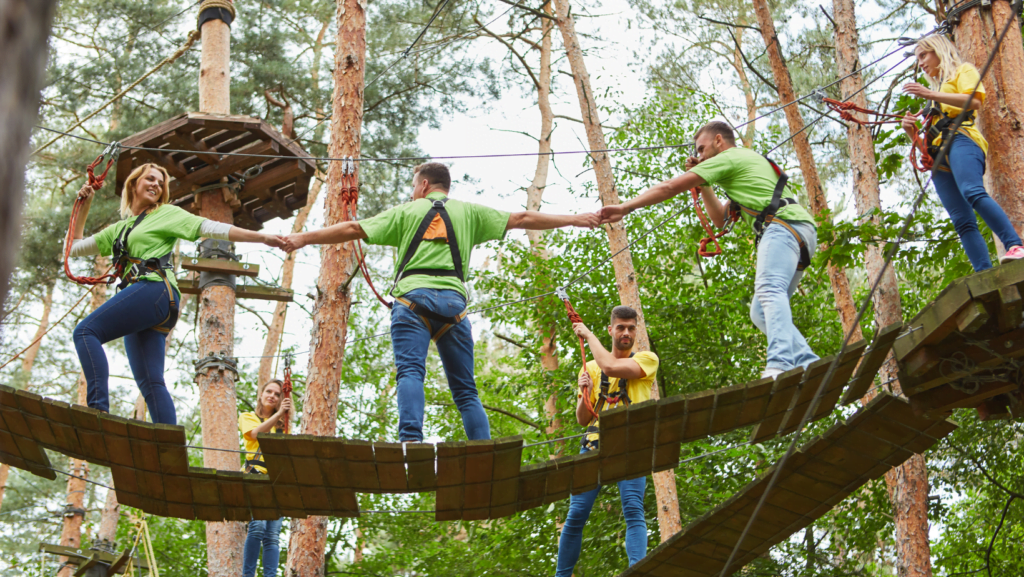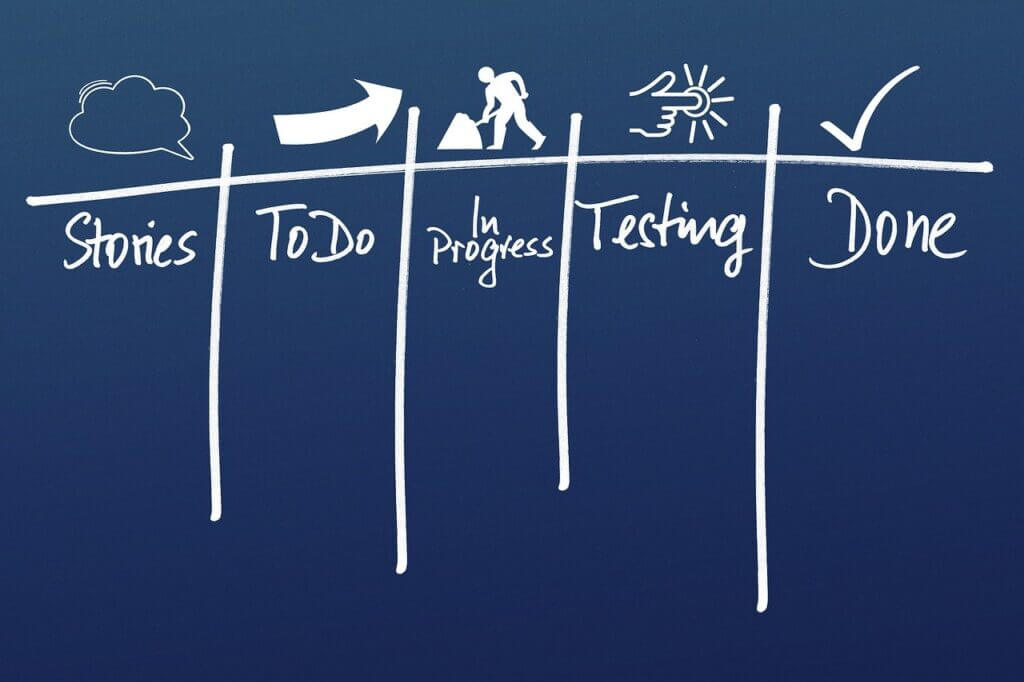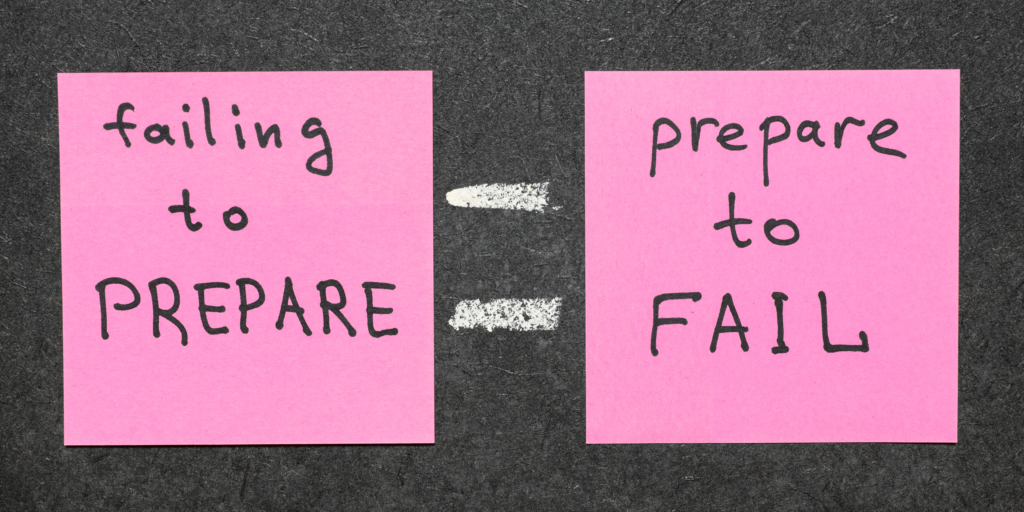
Have you had enough of those “fun” team building activities like escape rooms, zoom dress up parties, or a water rafting excursion? You’re not alone.
There is some conflicting research, but some studies point to these kinds of activities being ineffective in team building for the purpose of performance and working well together.
So today, let’s explore why people look to team building activities in the first place, plus 5 reasons why these activities don’t actually work.
Also, stay tuned for an upcoming blog post and video where we will look into what you can do to actually build teams if your purpose is to build cohesion, performance and effectiveness.
If you’d rather watch a video than read, check out my youtube video on this topic:
Table of Contents
ToggleWhy do people try team building activities?
People try these team building activities because they are acting on a few assumptions. One being that if they do what companies like Google do, who are so successful with their bean bags and adventure activities, then they will become as high performing as they are. However, this isn’t necessarily true, but is an assumption that many managers make.
Another assumption is that if co-workers bond on a personal level, then they will be more high-performing. There is actually no research that shows a proven link between loving the people you work with and being the best at what you do as a team. So, although it comes from a well-meaning place, it is another reason why managers may want to try those activities.
A study from the Harvard Business Review tells us that “Compared with people at low-trust companies, people at high trust companies report: 74% less stress, 106% more energy at work, 50% higher productivity, 13% fewer sick days, 76% more engagement, 29% more satisfaction with their lives, and 40% less burnout.” While this is very superficial research and needs to be examined more closely, sometimes organizations look at headlines like this and run with it.
We need to understand what we mean when we talk about trust, “less stress” or “more happiness”. What does this mean for your teams or even on the individual level? The concept of fun and happiness are sometimes taken at face value and in that case, the assumption will be absolutely wrong. That’s why these team building activities can be damaging, disrupting, or just plainly ineffective.
Why don’t these team building activities work?
When we look at why these kinds activities don’t work, we can reference some simplified research data as well as experiences from my own coaching.
They infringe on personal spaces
The first reason the generic team building activities don’t work is that they can make people feel unnecessarily vulnerable. Not everybody is comfortable with other people touching them, for example, and activities like falling into people’s arms can infringe on personal physical boundaries. In some cases, it can even be culturally unacceptable. Maybe you have a high level of extraversion in a few peers but not everyone will be comfortable with small talk, so some may feel like they can’t see their place in these activities.
You also may learn things about your colleagues like their preferences, ways of doing things, fears, or reactions that are private or that you shouldn’t know. Knowing these personal things can create judgment. You can’t guarantee that the whole experience will be positive for everyone, that they won’t feel self-conscious if they have to dress a certain way, or be frightened by water or heights. These are personal things that people shouldn’t have to justify in the context of work.
They confuse work with fun
Like I mentioned in the studies, there is no positive correlation between the amount of fun that you have at work with the rate of team performance. It is possible to do good work without having the element of “fun” to it. In fact, a lot of aspects of work are simply not that enjoyable, yet still need to be done. But also, not even all the fun in the world means the team will actually do great work together.
And another key element here is that fun is relative. For some, intellectual games are their kind of fun, while for others, they enjoy something with physical activity. There is all kinds of diversity at play here.
There is no link with actual work
Sometimes your work has nothing to do with fun. The activity may be totally disconnected in the skill set for what you really need to be high performing at work, when that was the original intention of the team building exercise in the first place.
One of the things that shows the disconnection is the element of trust. The type of trust that you need to operate in the workplace is not the same kind of trust that you have with a friend or a family member, and it is not required for you to have at work. And again, friendship means different things for different people and you don’t need to cross that line. One can even argue that you can be too lenient with your friends at work, where you wouldn’t when you maintain a certain kind of professionalism.
They are compulsory or inconvenient
These activities can create a sense of obligation to participate. People may choose not to say no, out of fear of being seen as a poor team player. And once you have no say in your participation, you have lost the benefit.
Many aspects contribute to the inconvenience of activities. Different cultures might not be so keen on sharing touches with colleagues for example, or have close physical proximity. Some people might be afraid of water or of heights. Some people don’t enjoy alcohol. Culture and preferences are widely varied.
Also, consider the location of these activities can also be incredibly inconvenient and disruptive to people’s personal lives. Maybe they require that you travel a long distance by bus – now you’re bound by the bus schedule and stuck somewhere on other people’s time. Work shouldn’t be encroaching on your personal time or life unless you want it to.
They can amplify the wrong thing
If there is dysfunction in your team, these kinds of activities can amplify it. They can put the team into situations that are stressful, causing people to fight and create a shared memory that isn’t favorable. Also, if you have any cliques in a team, those groups’ ideas and biases can be solidified and only cause them to continue to work more closely with those you already work closely with.
Final Thoughts
These are 5 reasons why those generic, very “fun” or adventurous team building activities might actually not work for you if you are working for team cohesion, effectiveness, and performance.
Now, this doesn’t mean you should abandon team building activities.
There are activities that you can do to help build those things. Also, they can be fun, but fun can be the result of the activity vs the sole thing you are seeking. If you are curious, check this blog post in which I explore what team building activities should look like, with the key word being building.
If you are interested in learning about how to coach for team development and success, check out my Agile Coaching Program! It’s a month-long course of learning by doing! We have recently amped up the conflict navigation, team development, and agile principles in practice areas of the course so it is truly better than ever. In addition, we are proud partners with ICAgile so you will receive a highly recognized certification upon completion that will set you up well for a career as an agile coach.




While it’s true that not all team building activities yield the desired results, there’s always a silver lining to consider. The challenges outlined in “5 Reasons Why Team Building Activities Don’t Work” provide valuable insights that can guide us towards more effective approaches, helping teams grow stronger and collaborate better. By acknowledging these pitfalls, organizations can refine their strategies and create team-building experiences that truly foster camaraderie, communication, and a sense of shared purpose.